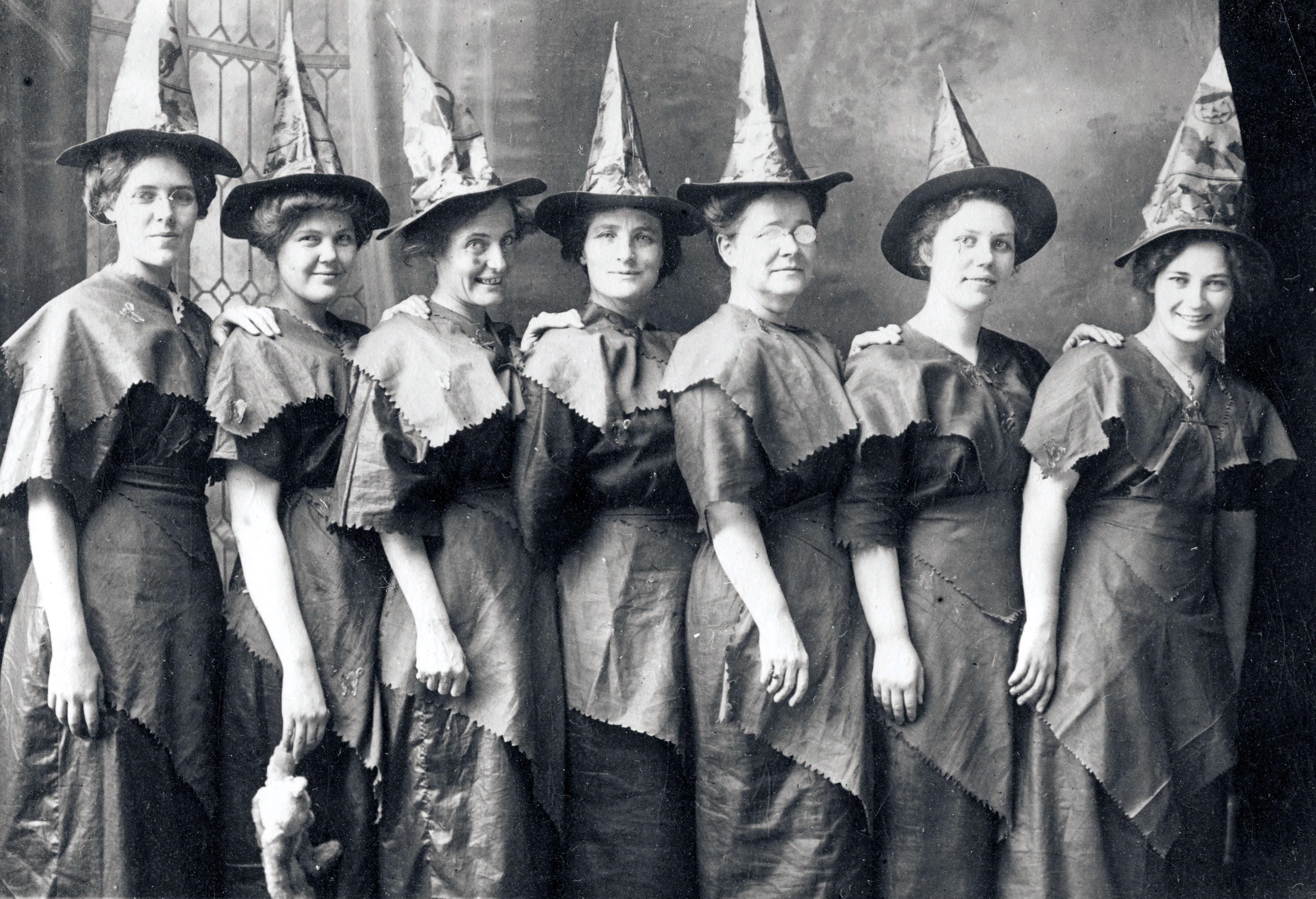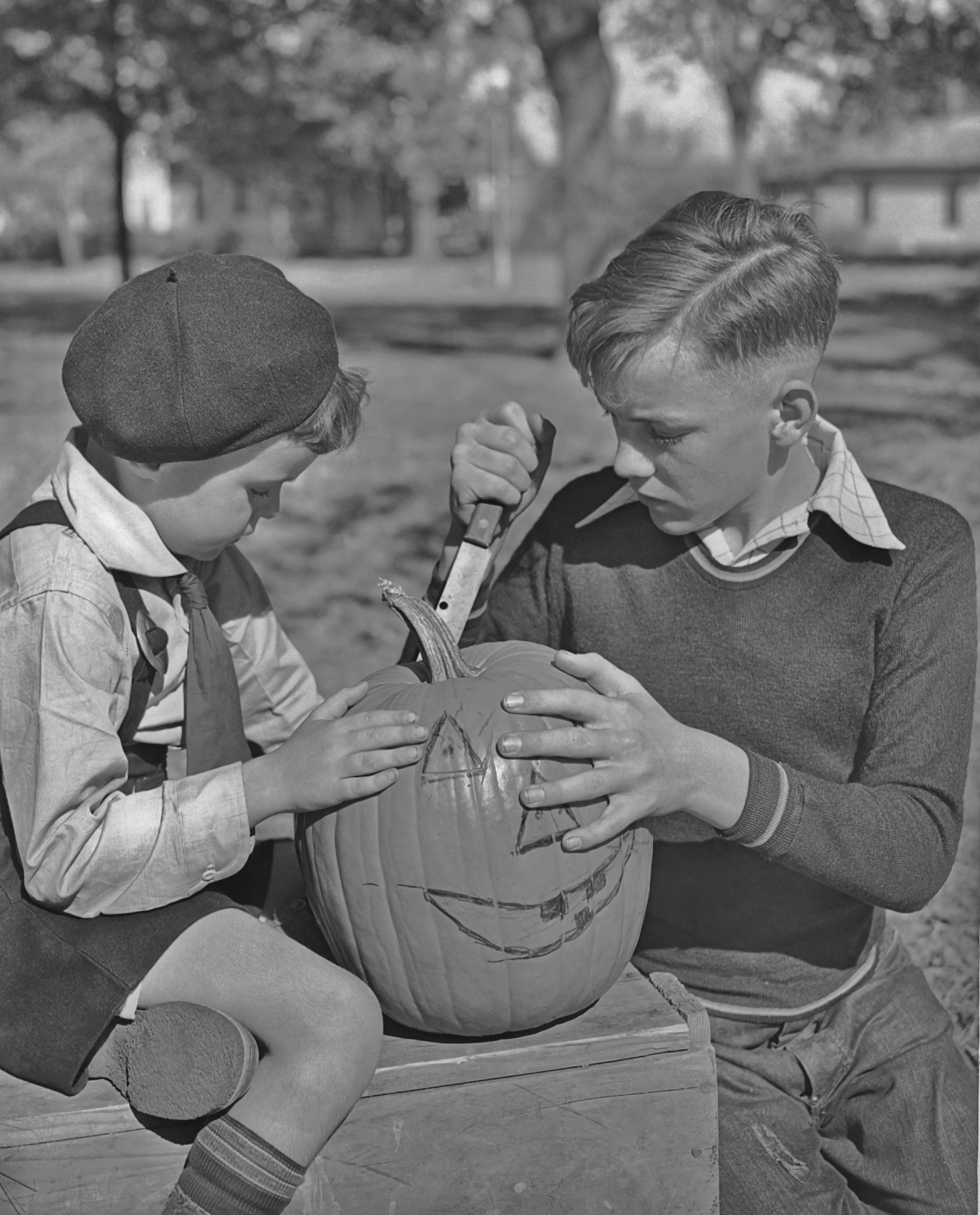For the rich, the yellow is associated with Gelovin – a saint who combines motor stories, malt, scandalous costumes and re-watches of horror films. But behind this bright and cheerful picture there is a rich history that embraces the traditions of different cultures and religions. The story of Gelovin is reminiscent of the mysticism and changes that are rooted deep in the pagan hours.

Advertising.
Yak Vinik Gelovin?
The history of Gelovin begins about 2000 years ago with the holy day of the Celtic saint Samhain, which marked the 31st anniversary. Samhain means “leaf fall” in Irish, and at this hour the Celts celebrated the end of the harvest and the arrival of winter. It was important that on this day the veil between the light of the living and the dead becomes thin, allowing the souls of the dead to turn and lead their loved ones.
Holy Samhain symbolized the end of one life cycle and the beginning of a new one, which inspired people to think about life and death. For the Celts, this was the time of mystical rituals, blazing fires and sacrifices. Pagan traditions also included wearing masks, costumes, and animal skins to ward off evil spirits.

Today's pagans still celebrate Samhain, an important time to establish positive intentions for the future. This is a guess about the natural cycles of life, if after winter spring comes, and death is just a part of this cycle.
Symbols and religious roots
After the expansion of Christianity in Europe, the church integrated pagan traditions into its saints. In the 8th century, Pope Gregory III moved the celebration of All Saints' Day from grass to 1st leaf fall. Thus, the 31st anniversary became known as the All-Hallows' Eve or All Hallows' Eve, which was later shortened to the current word “Helovin”.
At this hour of the revival of saints and martyrs, the ancient pagan sayings were not known. People continued to wear costumes to ward off evil spirits, and celebrated the end of autumn with great meals and rituals.
How did Gelovin come to the USA?
The USA is, without a doubt, the most famous for the Holy Days of Gelovin. The expansion of Gelowina in the United States is associated with the Great Irish Migration in the mid-19th century, caused by the Great Potato Famine. Millions of Irish came to America, bringing with them their traditions and religious practices. For the Irish themselves, the holy day of Samhain was transformed into the present-day Gelovin.

The beginning was sacred in small communities, but it has become devoid of traditional costumes and rituals. At the beginning of the 20th century, Gelovin began to gain popularity as part of a foreign national culture, with an emphasis on autumn festivals, family gatherings and costume parades.
Suits and testechka
One of the oldest traditions of Gelovin is the wearing of costumes, which, taking its origin from the Celtic word, is called masking during the hour of Samhain. People wore the skins of creatures to ward off evil spirits, and also took part in rituals related to sacrifices for the souls of the dead.
Among the Middle East, this tradition evolved into the distribution of “testers for souls” – small round testers that were distributed to those who prayed for the souls of the dead. Over the years, this has turned into a current trick-or-treat, as children walk from door to door, drinking malt.
Problems and wasteland
Until the mid-20th century, Gelovin in the United States was associated not only with costumes and malt, but also with wastelands and vandalism. Young people vikorized this sacredly as a pretext for disorder – they sang mayno, burned budins, let out thinness and controlled chaos. To stop the ruin, communities began to organize costume parades and controlled entry into Gelovin, transforming it into a more civilized place.
Jack's lechtari and watermelon
One of Gelovin’s most familiar symbols is the Garbuz lekhtars, or Jack’s lekhtars. This tradition comes from the old Irish legend about Stingy Jack, who fooled the devil and mischievously wandered through the earth with a burlap sap to ward off evil spirits.

When the Irish brought this tradition to America, the turnip was replaced with watermelon, making the wine more accessible and easy to prepare. Today, watermelon is the main symbol of Gelovin, and watermelon-picking competitions have become an obligatory part of the holiday.
Commercialization is sacred
Until the 1950s, Gelovin became a commercialized saint in the United States. Studios Warner Brothers, Hanna-Barbera and Disney created animated shows and films such as “Casper” and “The Great Garbage, Charlie Brown”, which popularized this day among children and adults.
What if Gelovin began to associate with parties for grown-ups and sexy costumes? In 1986, the Coors Light beer company launched an advertising campaign aimed at adults, featuring the iconic character Elvira. This was done by Gelovin on a sacred basis, where adults can also take part in costume parties.







